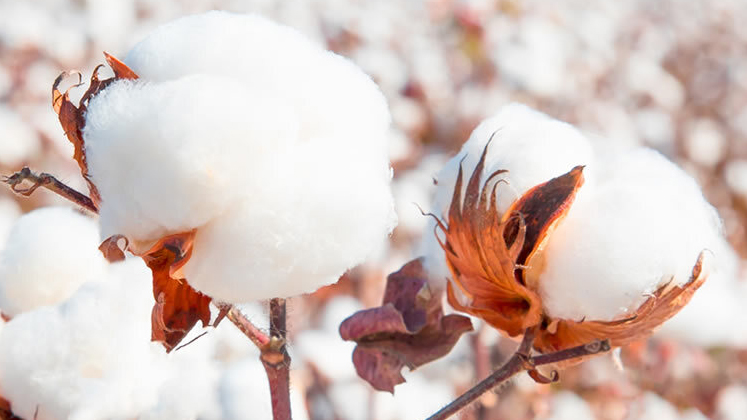A report conducted by Anthesis Group and commissioned by Better Cotton in 2021 found significantly lower emissions from Better Cotton licensed farmers’ cotton production.
The study found that on average Better Cotton production had 19 per cent lower emissions intensity per tonne lint than production from across China, India, Pakistan, Tajikistan and Turkey.
It revealed the first-ever quantification of global greenhouse gas emissions of Better Cotton and comparable production.
Better Cotton is the world’s leading sustainability initiative for cotton.
As per Better Cotton, Anthesis analysed more than 200,000 farm assessments from three seasons (2015-16 to 2017-18) and used the Cool Farm Tool as the GHG emissions calculation engine.
The primary data provided by Better Cotton covered input use and types, farm sizes, production and approximate geographical locations, while some information was filled via desk research where primary data was not available.
The aims of this study were twofold to understand if Better Cotton farmers have produced lower emissions while growing cotton than non-Better Cotton farmers. Secondly, to quantify emissions for producers contributing 80 per cent of Better Cotton global production and use this baseline to set global emissions reductions target for 2030.
The study also found production had average annual GHG emissions of 8.74 million tonnes carbon dioxide equivalents to produce 2.98 million tonnes lint – equating to 2.93 tonnes carbon dioxide equivalents per tonne lint produced.
The largest emissions hotspot was found to be fertiliser production, which accounted for 47 per cent of total emissions from Better Cotton production. Irrigation and fertiliser application were also found to be significant drivers of emissions.
Better Cotton will set a 2030 target on GHG emissions reduction and it will be informed by climate science and the collective ambition of the apparel and textile sector, including notably the UNFCCC Fashion Charter of which Better Cotton is a member.







